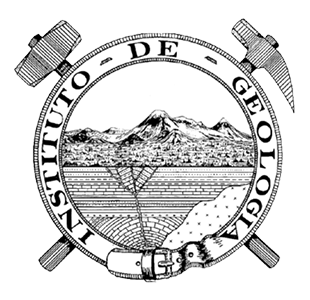Abstract
Ten to twelve pedosedimentary stages were identified within the Upper Permian red clayey sediments of the Sukhona and North Dvina drainage basins. Paleosols formed at these stages are generally similar in their profile arrangement and pedogenic features. The main pedogenic processes occurring in the area during the Upper Tatarian appear to have been: (1) eluviation and gleying (reduction and mobilization of non-silicate-bound iron and removal of some fine clay) in the upper parts of soil profiles; illuvial accumulation of iron, and some clay in the subsoil; (3) formation of secondary carbonates; and (4) generation of complex soil These processes are interpreted to have taken place in a semiarid climate with sharp seasonal and long-term fluctuations in precipitation. Upper Tatarian plant communities at that time probably consisted mostly of shoreline hygrophytes and halophytes, and xerophyllous conifers living on relatively elevated areas.

This work is licensed under a Creative Commons Attribution 4.0 International License.








